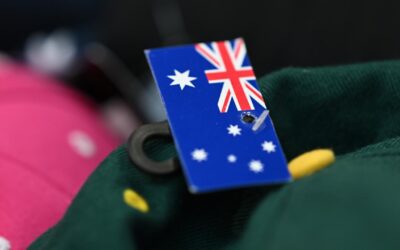Sorry, that’s old news…
You’ve found an older news story. We delete stories from our AAP News Feed after two months. But fear not, here’s today’s news!

The president of the COP30 summit has implored negotiators from around the world to come together for a consensus ...

World leaders have arrived for the G20 summit in South Africa that aims to put the problems of poor countries at ...

US President Donald Trump is set to host New York City mayor-elect Zohran Mamdani at the White House for a meeting.

Negotiations have twice fallen at the final hurdle but Australian and European officials see positive signs for ...

A neo-Nazi accused of calling on supporters to "rhetorically rape" a federal politician will remain behind bars, ...

The controversial founder of one of Australia's biggest tech companies has thanked shareholders for their trust, ...

A takeover deal for Australian pharmaceutical manufacturer has been knocked on the head, with the treasurer citing ...

US employers added a surprisingly solid 119,000 jobs in September, the Labor Department says.
No results found.
Background image courtesy victoriancollections.net.au